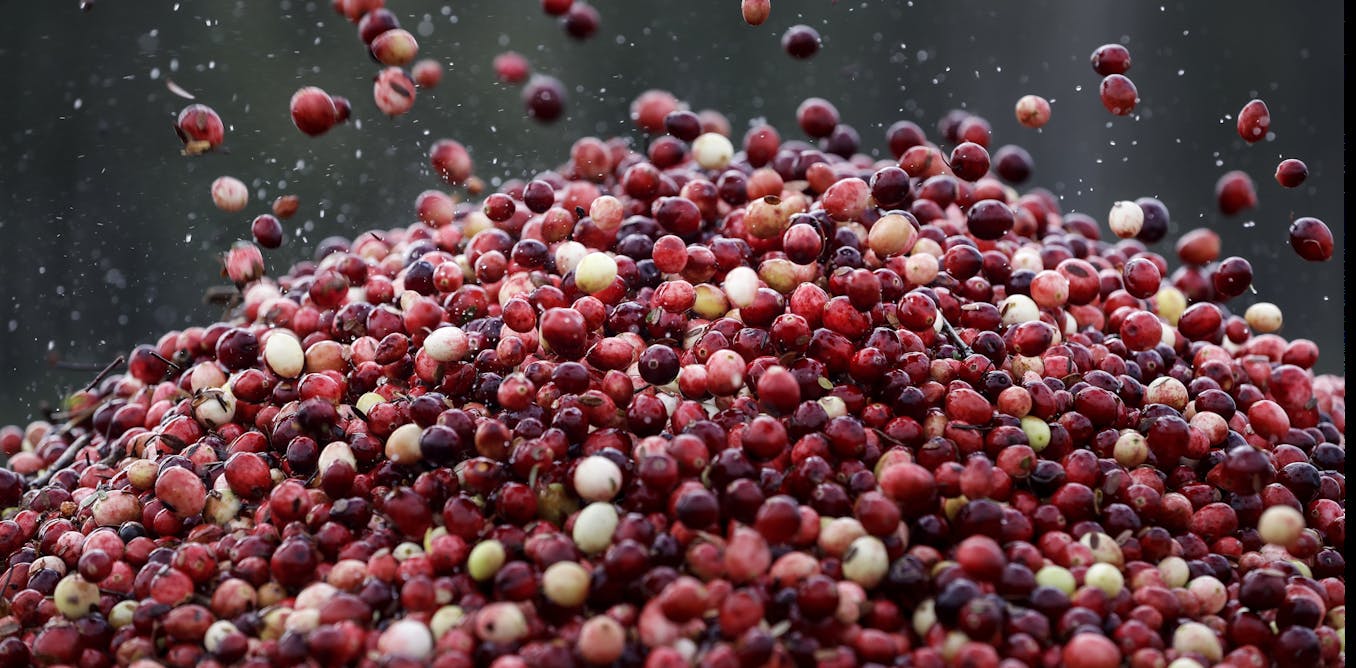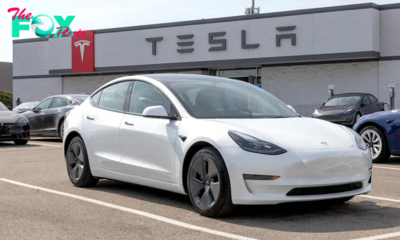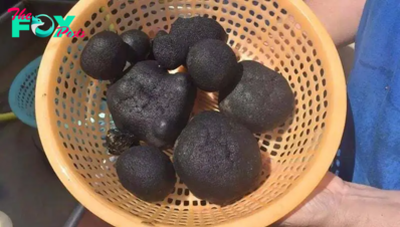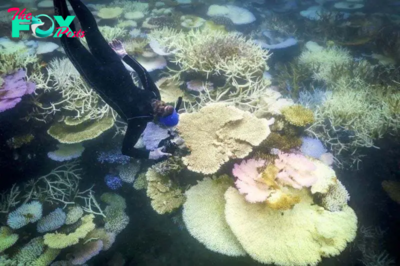Technology
Microplastics are infiltrating food we eat
A 2022 analysis by the Environmental Working Group discovered that sewage sludge contaminated almost 20 million acres of US land, containing plastic PFAS that can't break down in the environment.
Microplastics have rapidly infiltrated the entire planet, finding their way into the guts of marine Animals and even the drinking water people consume daily.
It is pertinent to note that in circular economies, sewage is used as an alternative organic fertiliser because of its high nutrient, which then comes around to growing in the fruits and vegetables people consume on a daily basis.
An estimation of 8-10 million tonnes of sewage sludge is produced in Europe each year, 40% of which is used as farm fertiliser. European farmland thus becomes the greatest global reservoir for microplastics. according to researchers at Cardiff University.
This translates to around 31,000 and 42,000 tonnes of microplastics, or 86 trillion to 710 trillion microplastic particles, contaminating European farmland each year.
Co-author of the study, Catherine Wilson says that the amount of microplastics ending up on farmlands "is probably an underestimation".
Read Microsoft aims for AI-powered version of Bing
A study has revealed that microplastics can stay for a longer period of time around 35 cm below the soil on agricultural fields 34 years after they had been last applied.
The UK has one of the highest concentrations of microplastics in Europe between 500-1000 microplastic particles spread out on farmland.
Rain washes the soil to oceans, spreading the microplastics in the region as well, as a study in Ontario, Canada revealed. Around 99% of microplastics were transported away from where the sludge was initially dumped into aquatic environments.
Additionally, microplastics release toxic chemicals while also absorbing other toxic substances and transporting them all around the area as they travel. These plastic particles can also affect earthworms, stunting their growth and disrupting the agricultural process and soil health.
A 2020 study found microplastics and nano plastics in both fruits and vegetables being sold in markets in Italy. Apples were the most contaminated while carrots had the highest levels of microplastics in them.
Researcher Willie Peijnenburg, professor of environmental toxicology and biodiversity at the Leiden University said that crops absorb nano plastic particles – minuscule fragments measuring between 1-100nm in size, or about 1,000 to 100 times smaller than a human blood cell – from surrounding water and soil through tiny cracks in their roots.
Leafy vegetables may have less microplastic concentration but root vegetables may have the highest amount.
While absorbing microplastics doesn't affect the plants, they can adversely affect those consuming the plants, disrupting the endocrine system and hormones regulating growth and development, cancer, heart disease, poor fetal development and even causing cell damage in the body.
Read More Twitter to expand permitted political advertising
A study by the University of Hull in Tyne UK suggested, "ingesting microplastics at the levels consistent with harmful effects on cells, which are in many cases the initiating event for health effects. We know that microplastics can cross the barriers of cells and also break them, we know they can also cause oxidative stress on cells, which is the start of tissue damage".
A ban on using sewage sludge as fertiliser seems to be the obvious solution but Cardiff University' Wilson said it could incentivise farmers to use more synthetic nitrogen fertilisers, made from natural gas. She added that sewage sludge is a good way to make use of waste especially since it returns carbon to the soil and enriches it with nutrients.
"We need to quantify the microplastics in sewage sludge so that we can [determine] where the hot spots are and start managing it," Wilson stated.
-

 Technology13m ago
Technology13m agoAwkwardness can hit in any social situation – here are a philosopher’s 5 strategies to navigate it with grace
-

 Technology13m ago
Technology13m agoNo need to overload your cranberry sauce with sugar this holiday season − a food scientist explains how to cook with fewer added sweeteners
-

 Technology20h ago
Technology20h agoThere Is a Solution to AI’s Existential Risk Problem
-

 Technology1d ago
Technology1d agoPublic health surveillance, from social media to sewage, spots disease outbreaks early to stop them fast
-

 Technology1d ago
Technology1d agoWhy a Technocracy Fails Young People
-

 Technology1d ago
Technology1d agoTransplanting insulin-making cells to treat Type 1 diabetes is challenging − but stem cells offer a potential improvement
-

 Technology2d ago
Technology2d agoShould I worry about mold growing in my home?
-

 Technology2d ago
Technology2d agoBlurry, morphing and surreal – a new AI aesthetic is emerging in film



























